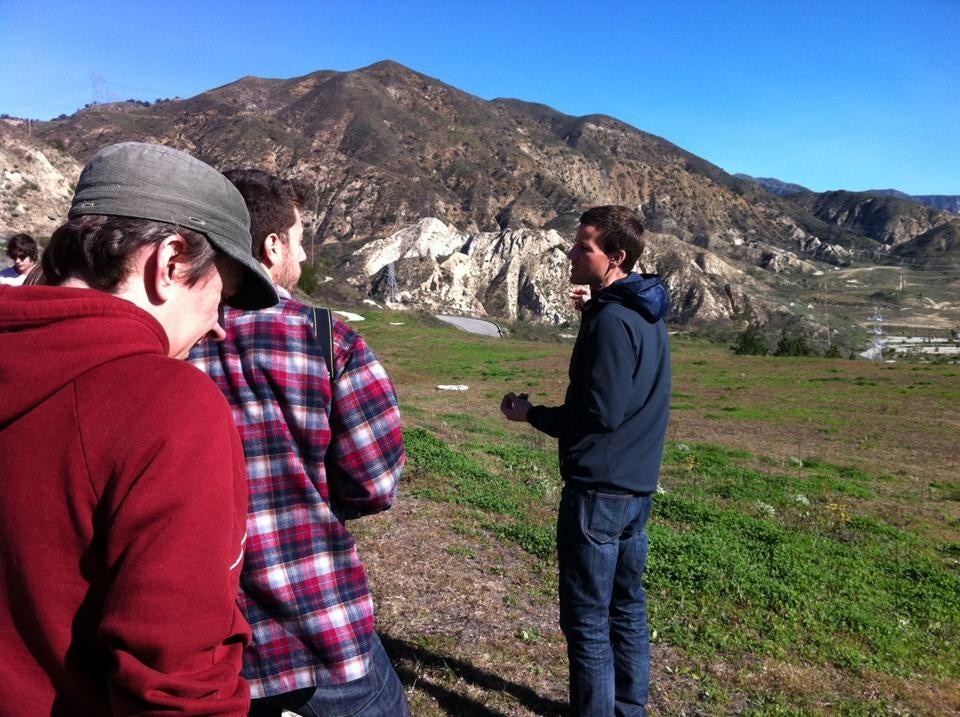Or, you could curate like Geoff Manaugh.
The prolific writer and thinker behind the architecture and landscapes blog BLDGBLOG is taking a somewhat unconventional approach to his upcoming exhibition at the Nevada Art Museum in Reno. Instead of merely pointing at his exhibitors from a distance and letting them on their way, he's brought them all together in one place to share ideas, compare projects, and harbor a real, face-to-face conversation between participants who might otherwise have never even met in a more typical exhibition environment.
Manaugh's curation focuses around the theme of landscapes and how architecture, design and technology can dramatically change the way we perceive them. He's drawn exhibitors from around the world to explore how we think of landscapes, how we explore them, ways that we document them and the tools we used/use/will use to gain a deeper understanding of them. The exhibition, "Landscape Futures: Instruments, Devices, and Architectural Inventions", will run from August 2011 through February 2012, and though some of the work is already done, much of it is only just beginning.
As part of that creation process, Manaugh recently brought many of the exhibitors together in Los Angeles for what he's dubbed a Super-Workshop. It was a week-long collection of workshops, seminars, critics, site visits and design challenges, all pertaining to the exhibition's proposed discussion of landscape investigation and the tools and techniques that will be used to explore landscapes in the near and distant future.
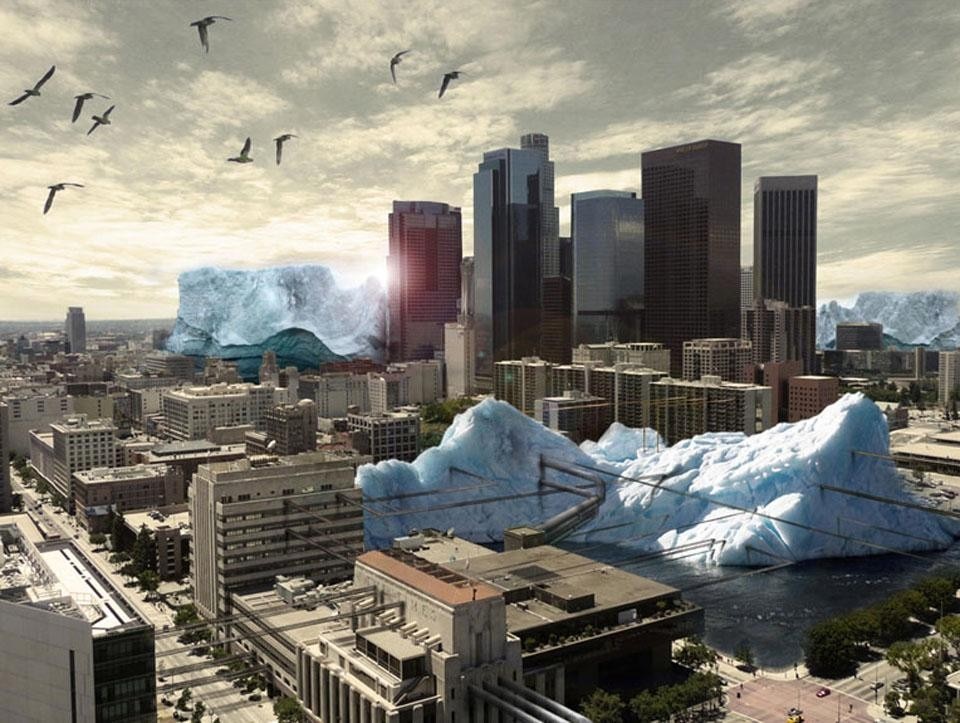
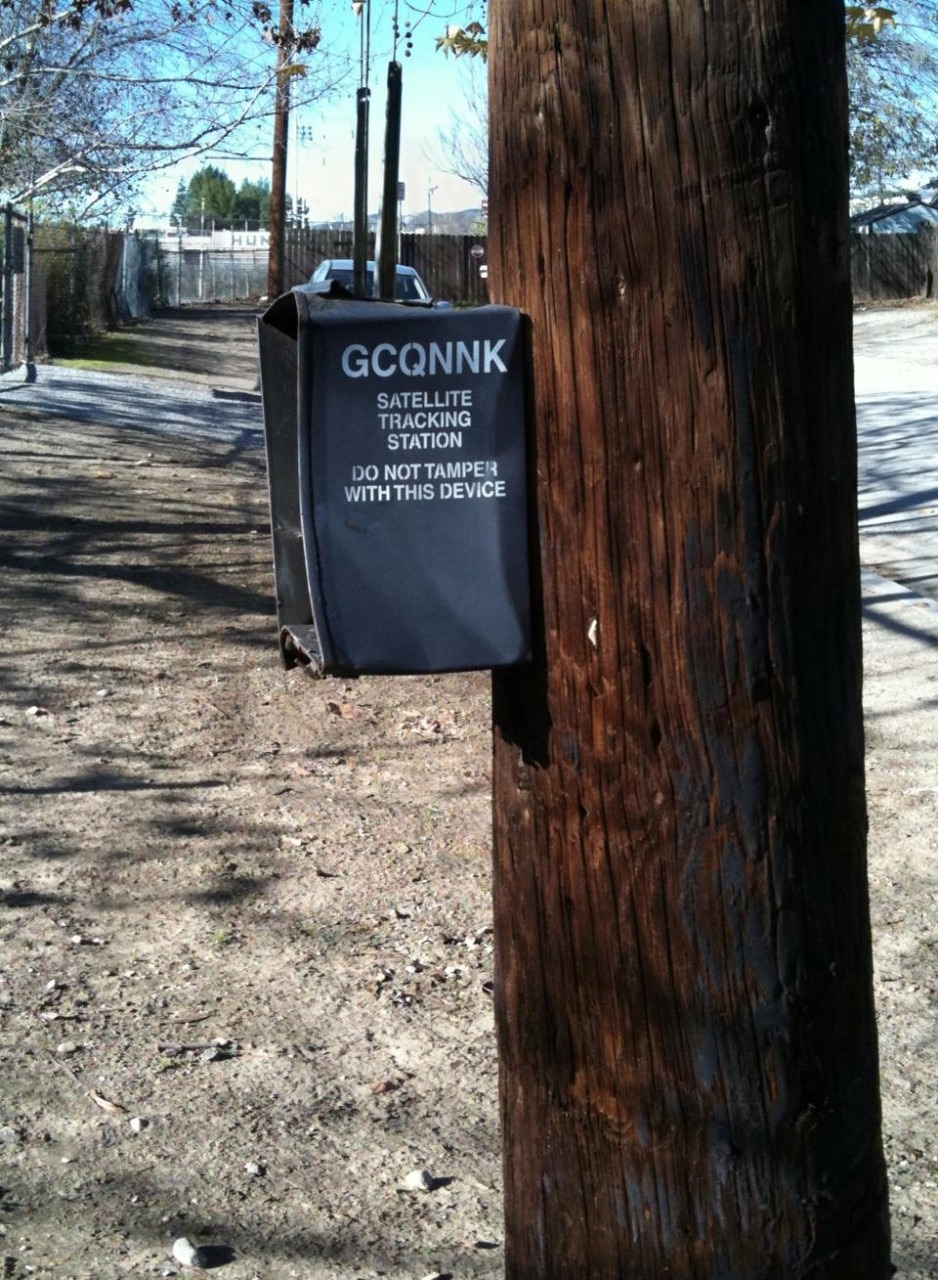
One of the tragedies of the world is that there are so many talented and smart people, but they all live in different cities and they don't overlap and they don't get to work together on similar ideas
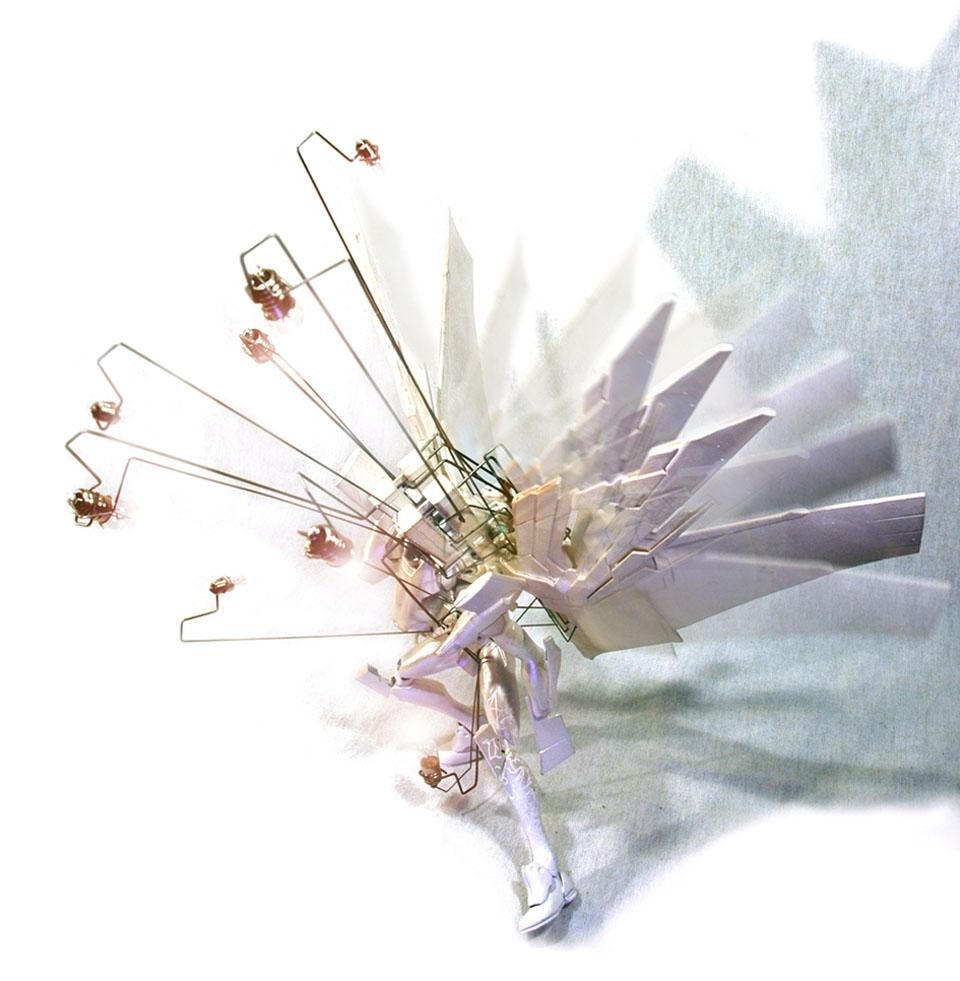
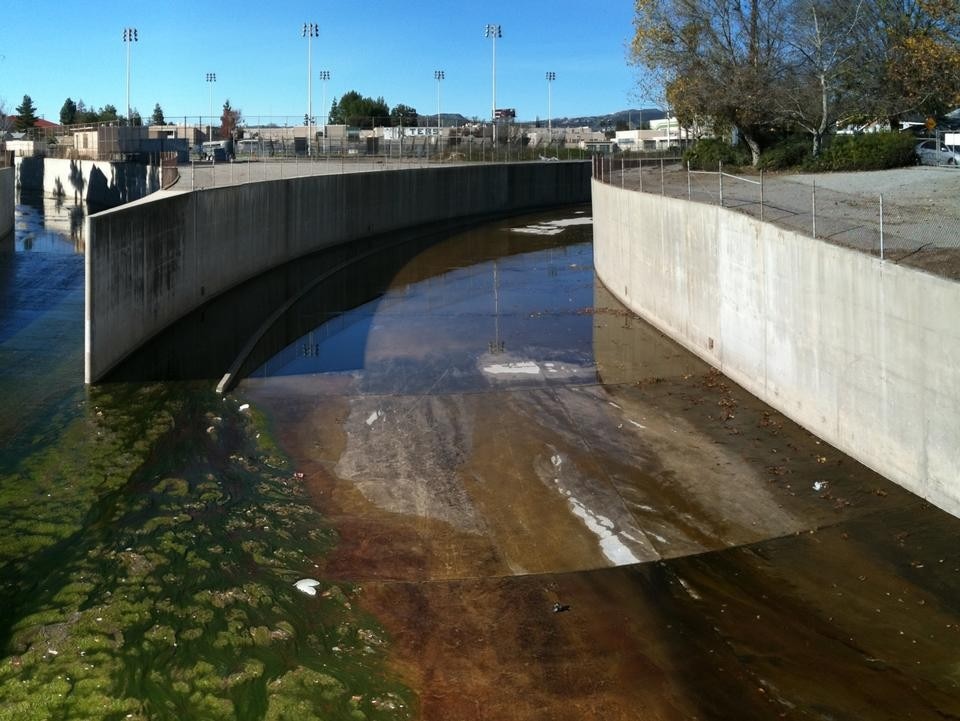
"One of the tragedies of the world is that there are so many talented and smart people, but they all live in different cities and they don't overlap and they don't get to work together on similar ideas," says Manaugh. "To me it seems increasingly valuable to get people together as often as possible and, hopefully, let good things happen." Nate Berg
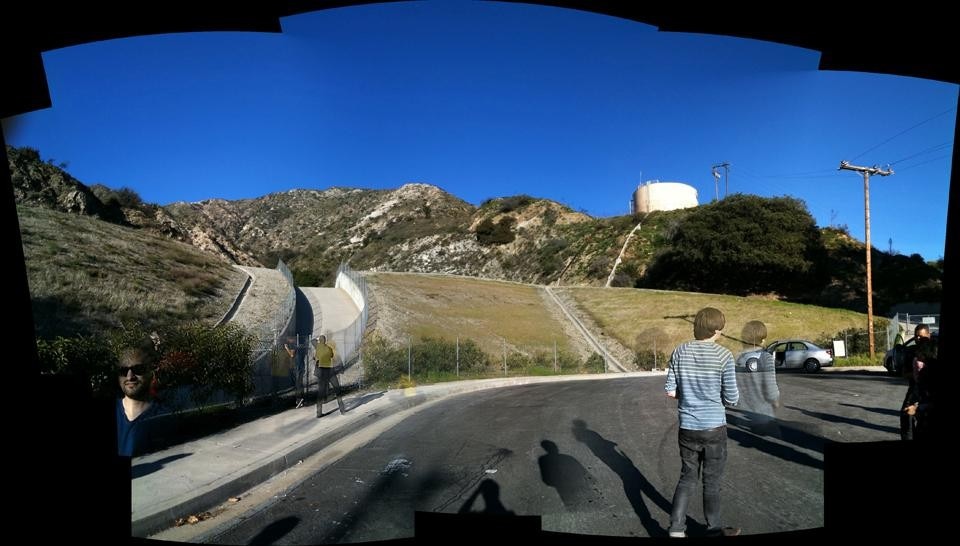
Living Architecture Lab
David Gissen
Arid Lands Institute
Bartlett School of Architecture
GSAPP
Nate Berg is a writer and journalist covering cities, the environment and urban planning. Nate's work has been published in a wide variety of publications, including Planetizen, Wired, Metropolis, Fast Company, Dwell, Architect, The Christian Science Monitor, LA Weekly.
